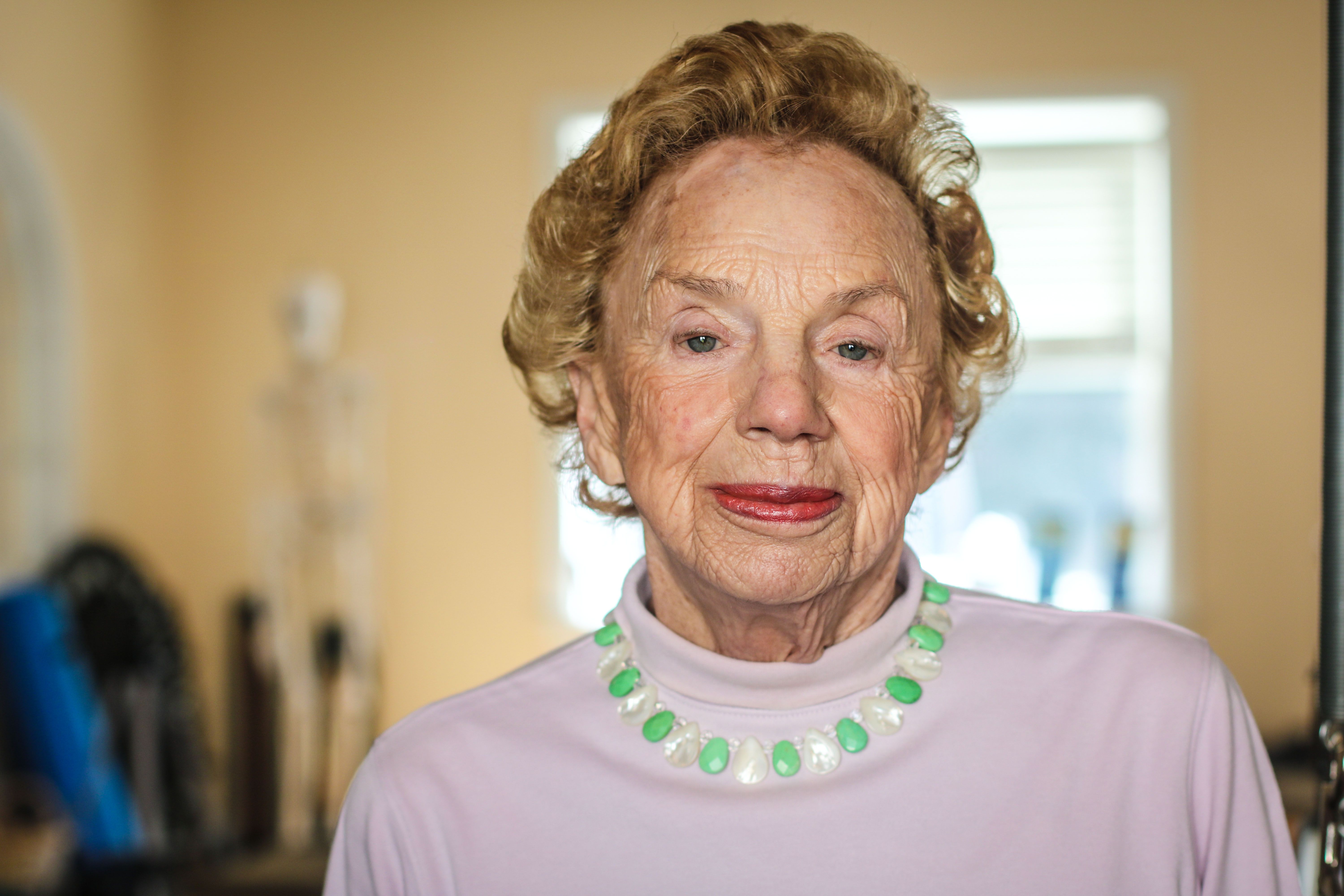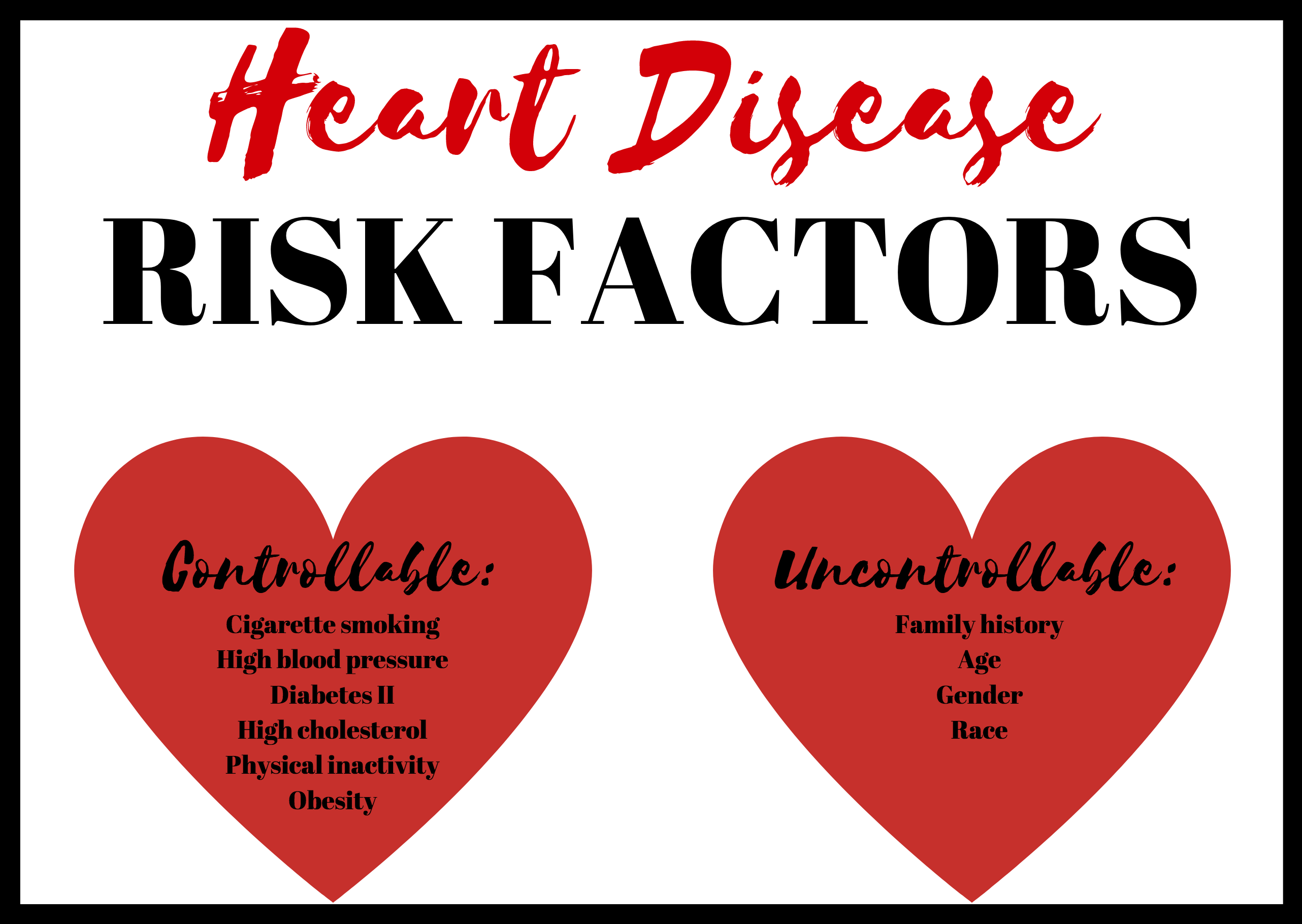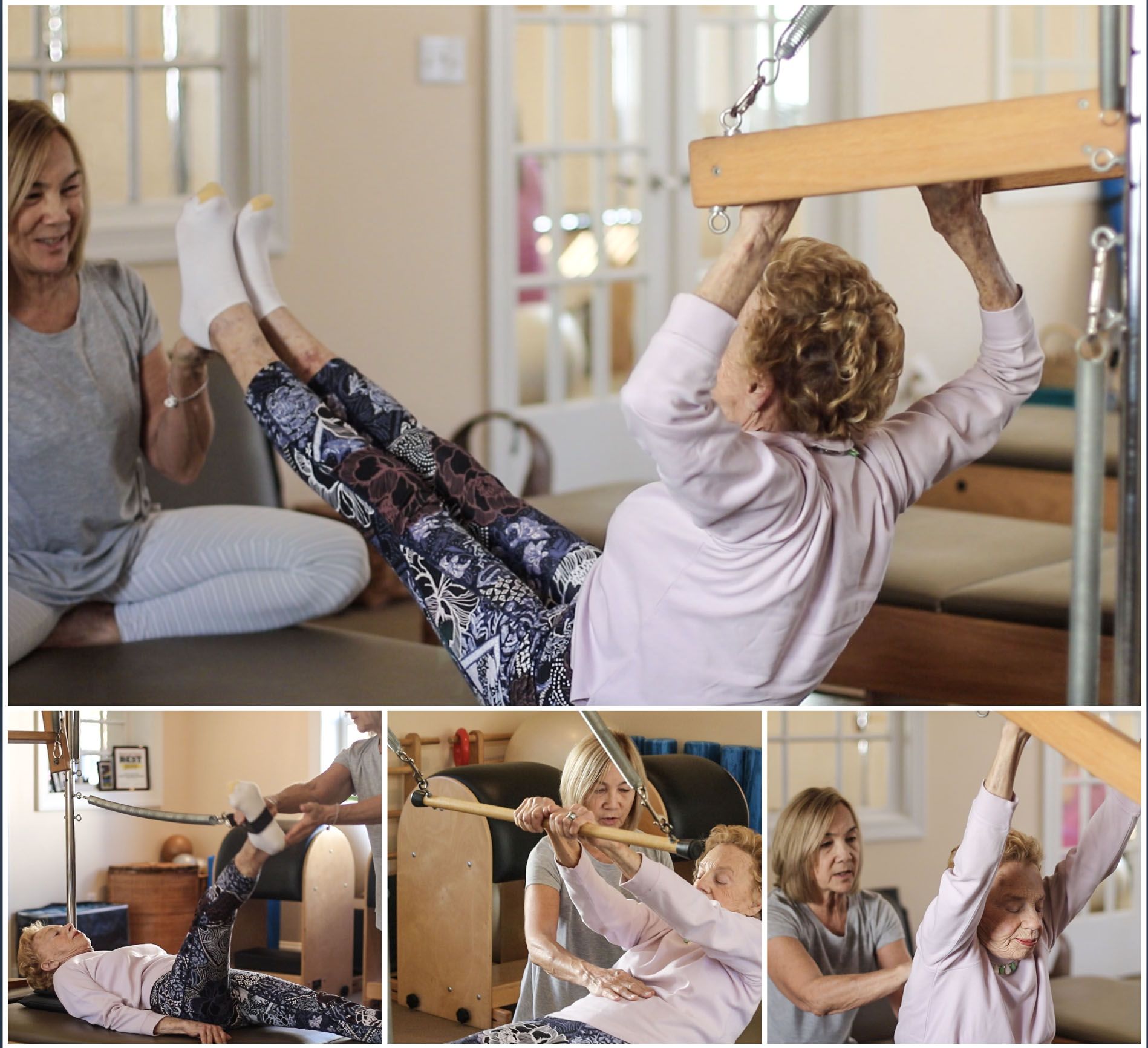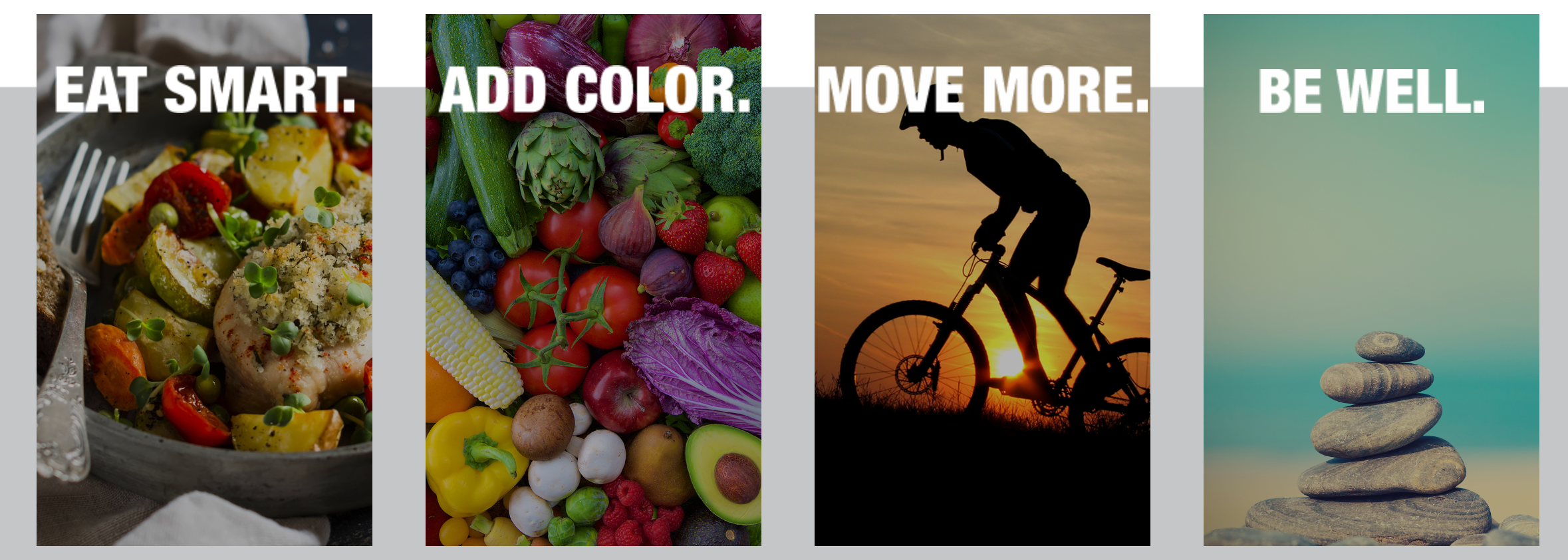
“I can’t believe I am the age I am because I am very busy and like to keep active. I feel stronger, more energetic and willing to do a lot of things that I probably would not bother to do otherwise.”
Those are the uplifting words of Libby Somers, a woman who lives a life free of disease, injury and illness at age 87. Somers is healthy enough to visit Pilates and More, a Pilates studio in Wayne, Pa., three times a week to work with Carol Beringer, a Movement Reeducation specialist.
Since incorporating the regular physical activity of Pilates into her life 14 years ago, Somers has become healthier, happier and more active in her everyday life. She is now one of the minority in her age group that does not suffer from heart disease, cancer or any of the other top 10 causes of death.
Amongst the top 10 causes of death is heart disease, or cardiovascular disease. Heart disease has been the number one cause of death since 1930 and withold’s its title as the leading killer of people in the United States today. According to the American Heart Association, about 2,300 Americans die of cardiovascular disease every single day; this is equivalent to about one death every 38 seconds.
While it is important to always be informed about life-threatening diseases and how one can make decisions to life free of them, increased attention is drawn to heart health in the month of February. For health professionals, February is a month dedicated completely to heart-health awareness and prevention.
A woman such as Somers, who lives free from heart disease and other illness’ at age 87 from prioritizing health and wellness, is an inspiration to many.
“A lot of my friends that bad knees or say ‘this is sore’ or ‘that is sore,’” Somers said. “I think they could improve their physical life and mental life if they just did more.”
Are your decisions putting you at risk?

Heart disease is not a single disorder in itself. It actually pertains to numerous problems that occur in the heart and blood vessels from a process called atherosclerosis.
Atherosclerosis is a condition that develops when a substance called plaque builds up in the walls of the arteries. The plaque buildup narrows the arteries, which makes it harder for blood to flow through to the heart. If a blood clot forms, blood flow can stop, which ultimately causes a heart attack or stroke.
Heart disease can stem from many different risk factors that are both controllable and uncontrollable. Major uncontrollable risk factors include age, gender, family history or race. These are things that a person is born with and cannot be changed.
On the other hand, a person does have complete control over other risk factors such as diet, stress management, alcohol intake, physical activity and smoking habits.
Physical activity for prevention
Fortunately, the controllable risk factors for heart disease outweigh the uncontrollable.
Prioritizing healthy eating, physical activity and time for self-care will immediately put a person on the road to a healthier heart, body and mind.
According to the American Heart Association, being physically active is one of the most important factors when it comes to preventing heart disease. This is anything that makes a human get up, move their body and burn calories.
It is suggested to get at least 150 minutes of moderate exercise every week, which can easily be divided into thirty minutes a day, five times a week.
“To do more sounds easy, but I think it shouldn’t be regimented,” Somers said. “It’s a basic, every week kind of thing.”
When Somers first started doing Pilates at age 63, she would only go once a week. After realizing how much regular mindful movement improves every other aspect of her life outside of Pilates and More, she started meeting with Carol three times a week.
“I feel a lot better, I really do,” Somers said. “I feel stronger, and my back doesn’t bother me anymore. Pilates gives me confidence to do more things, and makes me feel as though I am able to do more things every day.”

Wellness and mindfulness
In addition to physical activity, the American Heart Association also encourages individuals to prioritize wellness to live free from cardiovascular disease.
The term “wellness” pertains to the attitude that leads to the behaviors that determine a person’s health. One can find balance in mind, body and spirit by prioritizing emotional, social, physical, intellectual and spiritual wellness. This ranges from having a positive self-concept, to engaging in appropriate physical activity, to developing meaningful relationships and having a set of beliefs or values.
“To me, wellness is bringing all of these aspects of your life together,” said Liz Seaden, a yoga instructor at Pilates and More in Wayne, Pa. “Wellness is taking care of yourself physically, really paying attention to yourself mentally and spiritually being able to calm the chaos that goes on in your mind to go inward.”
Seaden first calmed all of the chaos going on in her own mind and discovered her passion for yoga in a UK prenatal class in 1998. She thoroughly enjoyed the calming benefits of the practice, as well as the physical sense of well-being.
Since then, Seaden began practicing various styles of yoga over the next decade, but fell out of her practice when life became too busy and stressful. However, that is when she realized she needed it the most.
Seaden reconnected with yoga and overall wellness after moving to the U.S. and having her husband suddenly passed away.
“When I was going through this terrible time of crisis, everybody was in a panic, worried and concerned, telling me what I should be doing,” Seaden said. “I just felt like I needed everybody to quiet down so I could find the answers inside of me.”
With an 11 year-old-son and being at a complete loss of what to do, Seaden turned to a yoga video that she had sitting on a countertop in her house one night before going to sleep. After putting on the tape during what was the most difficult time of day for her and her son, she realized she had found an answer inside of her.
“It was something that we could both focus on for 10-20 minutes. The breathing was so calming and really helped,” Seaden said.
As a yoga instructor, Seaden now looks at the practice as something that does not take up valuable time, but as something that makes everything else easier when she makes the time for it.
“When you are faced with really traumatic situations, you do just have to take everything breath by breath and one step at a time,” Seaden said.
Shortly after this, Seaden began studying Mindfulness and became a ChildLight yoga teacher. She also joined Philadelphia school program called Mindfulness through Movement, where she is able to teach elementary and middle school students about mindfulness and emotional balance. Seaden now lives a life completely committed to bringing awareness of yoga and mindfulness to children, teenagers and adults.
While yoga, meditation and mindfulness are things that have been around for thousands of years, Seaden recognized that society has evolved immensely over the years; however, the practices have resurfaced and gained more popularity recently, with science to prove their true physiological effects on the human mind.
“Taking care of ourselves is really the most important thing we can do,” Seaden said. “When you are able to be mindful and take care of your body, it effects you mentally and physiologically.”
“If you get too far ahead of yourself, you get completely overwhelmed and anxious. If you are too backward looking, you can get really depressed. All you can ever deal with anyway is what’s happening right at that moment.”
Make a change of heart
In the eyes of Susan Fitzgerald, Cabrini’s director of health services, the term wellness refers to a person’s an overall well-being, which differs from person to person.
“It is about taking care of ourselves the best that we can, regardless of limitations,” Fitzgerald said. “It is about preventive care, follow up care and doing whatever we can.”
To our advantage, the American Heart Association website actually offers a four step system for a person to live “Healthy for Good.” This is simply eating smart, adding color to your plate, moving more and being well.

A healthy heart and optimal health are built off of making healthy eating decisions, making life more colorful with fruits and vegetables, infusing more movement into life and creating well-being through selfcare.
While this may seem difficult for a busy college student or adult, knowledgeable and healthy adults such as Somers, Seaden and Fitzgerald go to show that it is truly worth it.
“College students can keep their hearts healthy the same way everyone else can keep their heart healthy,” Fitzgerald said. “They need to exercise, eat right, find out their family history, have their blood pressure checked, get enough rest and do all of those things that everyone else needs to do.”
Making these vital, mindful decisions in the present can be the last thing on the mind of a young adult who is constantly focused on the future and what is going to happen next. Seaden is aware of this from having a son in college herself, knowing how important it is to be more mindful and live in the moment.
“The more that both children and college students and beyond can learn to settle all of their thoughts and emotions and feelings, the more that they can really learn and take in all of the new information that they are getting,” Seaden said. “It is so important to begin to make your decisions from thinking about them calmly and acting, rather than having it be just another thing that’s jumbled in with an already really busy mind.”
Older adults such as Somers go to show that eating healthier, moving more and being well truly pay off in the long run of life.
“Wellness means to me that you feel well and that you feel as though you can go through the day doing everything that you have always done, and that is the way I feel,” Somers said. “I feel as though my age does not change how I feel, so I keep moving along with life and Pilates.”



